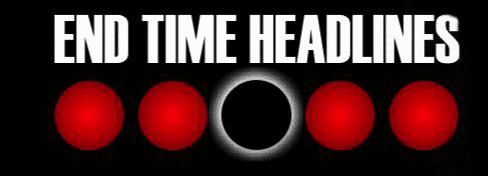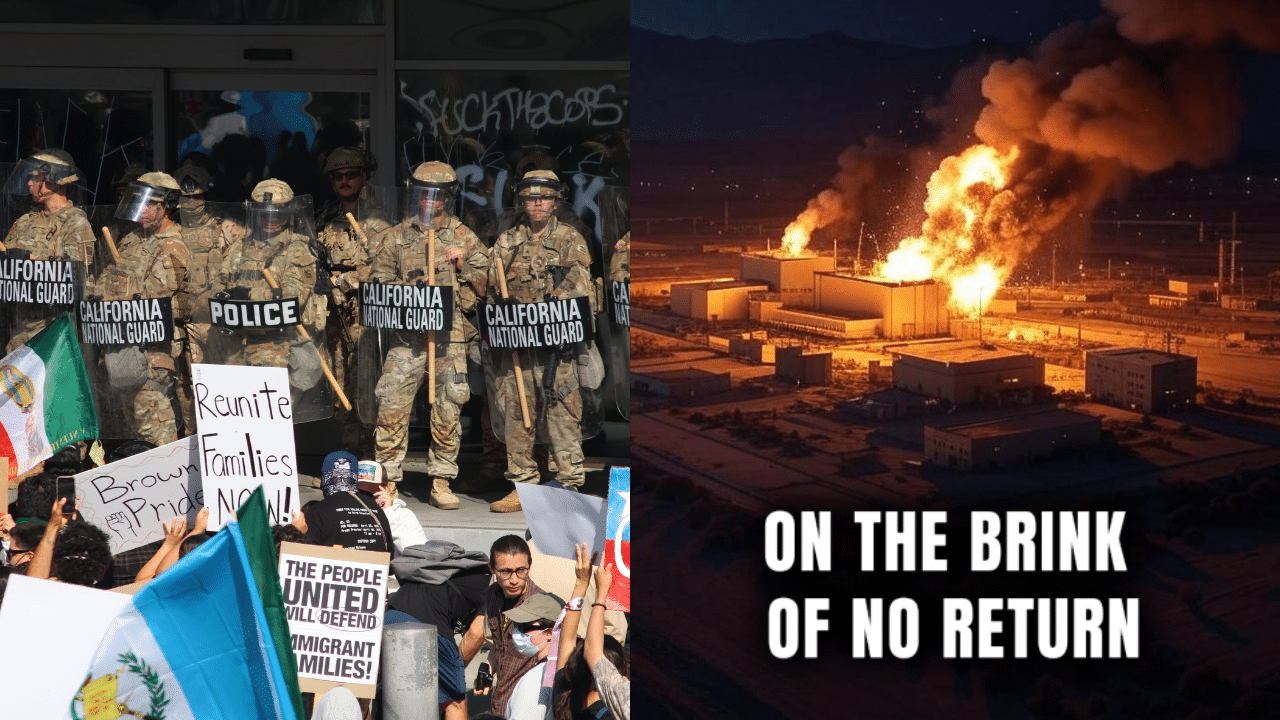In a move that has escalated tensions between the federal government and certain state authorities, the Trump administration has issued stern warnings to states perceived as defying the president’s executive orders.
This development has sparked widespread debate about federal authority, state autonomy, and the political implications of such confrontations. Drawing from multiple news sources, this article explores the unfolding situation, the administration’s actions, and the responses from state leaders.
Reports indicate that the Trump administration has taken a hardline stance, with some states facing the potential loss of federal funding for non-compliance with executive directives.
According to a Fox News report, the administration has signaled it may withhold financial support from states that refuse to align with policies on issues such as immigration enforcement and energy regulations.
This tactic echoes historical precedents where federal funds have been used to enforce compliance, though it remains a polarizing strategy.
Reuters highlighted a specific instance where a state—unnamed in initial reports but speculated to be a Democratic stronghold—openly rejected an executive order mandating stricter border security measures.
The administration responded by threatening to cut off infrastructure grants, a move that could cripple the state’s budget.
Speaking anonymously, an official from the White House told Reuters, “The president expects cooperation, and there are consequences for those who choose defiance over unity.”
State leaders have not remained silent. The Washington Post reported that governors from at least three states have vowed to challenge the administration legally, arguing that the executive orders infringe on states’ rights under the Tenth Amendment.
One governor, quoted in the piece, stated, “We will not be bullied into submission by a federal government overstepping its bounds.”
Legal experts cited by the Post suggest that these disputes could fast-track to the Supreme Court, potentially reshaping the balance of power between federal and state governments.
CNN provided additional context, noting that the defiance stems from a broader ideological divide.
States with progressive leadership have accused the Trump administration of using executive orders to push a partisan agenda, particularly on issues like climate policy and healthcare.
A source close to one governor told CNN, “This isn’t about law and order—it’s about punishing states that don’t toe the Republican line.”
The administration’s warnings have elicited a range of reactions. Politico reported that Republican-led states have largely supported the move, with some governors praising the president for “restoring federal authority.”
In contrast, The New York Times emphasized the growing unease among moderates, who fear that such heavy-handed tactics could deepen national polarization.
An editorial in the Times cautioned, “Using federal funds as a weapon risks turning policy disagreements into economic warfare.”
Meanwhile, BBC News offered an international perspective, noting that foreign observers see this as a test of America’s federal system.
Analysts interviewed by the BBC suggested that the outcome could influence how other nations view the stability of U.S. governance, especially as the 2026 midterms approach.
This is not the first time a Trump administration has clashed with states over executive power. During his first term, battles over sanctuary cities and environmental regulations set the stage for similar showdowns.
Bloomberg pointed out that the current administration appears to be doubling down on those earlier strategies, leveraging a stronger congressional backing this time around.
However, The Wall Street Journal warned that the approach could backfire if public opinion sours on what some are calling “federal overreach.”
As of now, the situation remains fluid. Axios reported that negotiations between the administration and defiant states are ongoing, though neither side appears willing to concede.
With the threat of funding cuts looming, all eyes are on how this power struggle will unfold—and whether it will set a precedent for future administrations.










